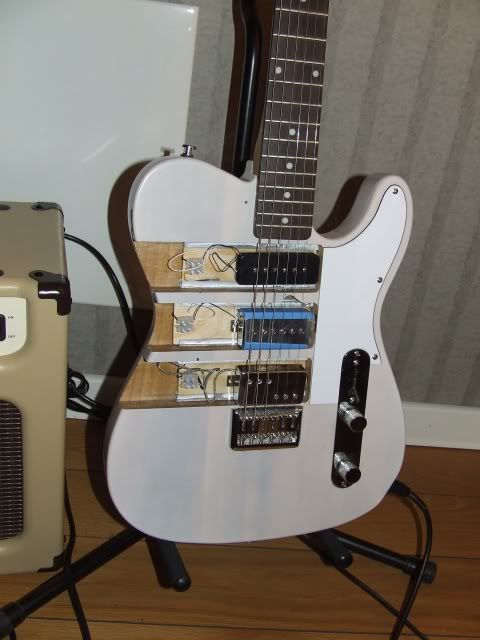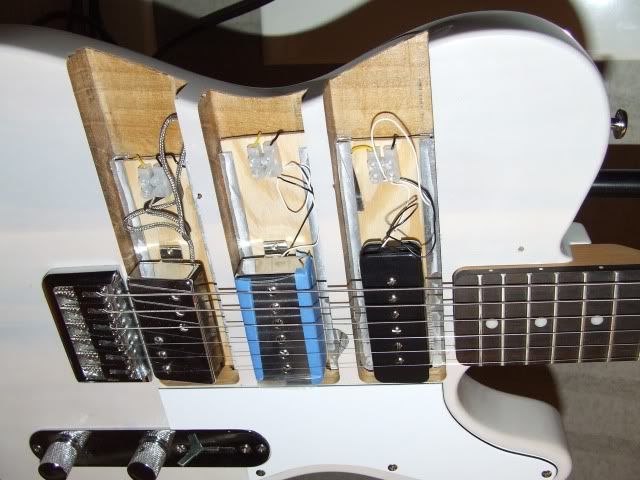Just starting to experiment...
With little experience in winding PU's, I thought I'd build a guitar to test my creations. Does anybody have any tips on making a guitar to test pickups? I'm planning a test guitar build starting with a universal (bathtub) rout strat, and need a little help with the logistics. I plan on making it as easy and fast as possible to change pickups out, allowing for strat, p-90's, and humbucker pickups. Particularly I was wondering about solder-less joints. Will this significantly change the sound of the PU? Should I just plan on soldering all PU's to test them? How does one go about mounting the PU's allowing for the most adjustability?
Any Ideas?
Thanks, Jeff
With little experience in winding PU's, I thought I'd build a guitar to test my creations. Does anybody have any tips on making a guitar to test pickups? I'm planning a test guitar build starting with a universal (bathtub) rout strat, and need a little help with the logistics. I plan on making it as easy and fast as possible to change pickups out, allowing for strat, p-90's, and humbucker pickups. Particularly I was wondering about solder-less joints. Will this significantly change the sound of the PU? Should I just plan on soldering all PU's to test them? How does one go about mounting the PU's allowing for the most adjustability?
Any Ideas?
Thanks, Jeff



Comment